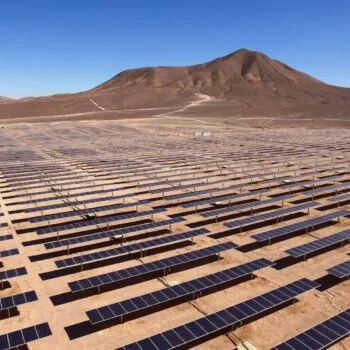On 11-12 December EU leaders met in Brussels to agree a Climate Package of legislation to deliver the EU’s domestic climate targets for 2020, representing the EU’s position on key issues related to the international post-2012 climate negotiations.
Over 550 members of the European Parliament backed the package on 17 December, while fewer than 100 voted against. European Commission President Jose Manuel Barroso has hailed the package as “the most ambitious proposals anywhere in the world” to tackle global warming.
The package is based on “20/20/20 by 2020”3 targets agreed by EU leaders in 2007 and proposals put forward by the Commission in January 2008 to deliver a unilateral commitment to reduce GHG 20% below 1990 levels by 2020; plus a move to 30% reductions as part of a global climate deal. The four key elements are 1) revision of the EU Emissions Trading Scheme (ETS) for Phase III in 2013-2020;4 2) GHG targets for non-ETS sectors ; 3) a renewable energy target; and 4) measures to support CCS technologies.
E3G has written a briefing highlighting some of the issues that have to be taken into account in order to have an effective Global Climate Deal. Below is a summary of the EU Climate Package; the full version of E3G’s briefing is available to download above.
Summary
Even before the conclusion of a global climate deal, the EU “Climate Package” agreed in mid-December 2008 will create the world’s largest single market in low carbon technology and investment and provide powerful momentum towards building a global low carbon economy. However, several important issues remain open and will need to be resolved in the process of concluding an effective global climate agreement.
- The EU package includes binding legislation which immediately commits it to greenhouse gas (GHG) reductions by 2020 of 20% below 1990 levels, and additionally to increase this to 30% inside an ambitious international climate change agreement. Effort is shared among EU countries according to a formula based on GDP per capita.
- The package commits Europe to generate 20% of its total energy from renewables by 2020; requiring an additional investment of €380-€420 billion in these technologies over the period.
- An additional target to increase EU energy efficiency by 20% will save the EU €160 bn per annum in 2020. Air pollution costs will be cut by €10 bn per annum.
- Up to 2 million jobs could be created in the renewables sector in the EU according to the European Renewable Energy Council; up to 1 million jobs would be created in energy efficiency through the 20% efficiency target.
- European car efficiency legislation agreed alongside the package will limit average emissions to 95 gCO2/km by 2020 (57 mpg); tighter than proposed CAFE standards for 2035.
- Under the 20% GHG reduction target, current proposals for using external offsets could generate opportunities through the CDM of approximately €70 bn.
- The EU agreed regulation governing the geological storage of carbon dioxide and requiring all new power plants to be carbon capture ready, and agreed €9 bn of European support to build a programme of up to 12 large-scale carbon capture and storage (CCS) demonstration power plants by 2015.
- CCS demonstration is the first stage of an EU Strategic Energy Technology Plan (SET-Plan) covering major technologies such as biofuels, solar, nuclear and wind. Research platforms will also cover low carbon steel, cement, and construction and will be open to international cooperation.
- However, the EU package has left some critical areas undecided in advance of the Copenhagen negotiations, many of which will be discussed over the course of 2009, particularly: detailed measures to address carbon leakage and competitiveness impacts; additional funding for EU low carbon R&D and infrastructure programmes; funding for international cooperation; additional efficiency and regulatory measures needed to meet the 30% target; CDM reform.
- In March 2009 EU leaders will adopt a “Road to Copenhagen” declaration drafted by the European Commission setting out Europe’s vision of the global climate deal.


